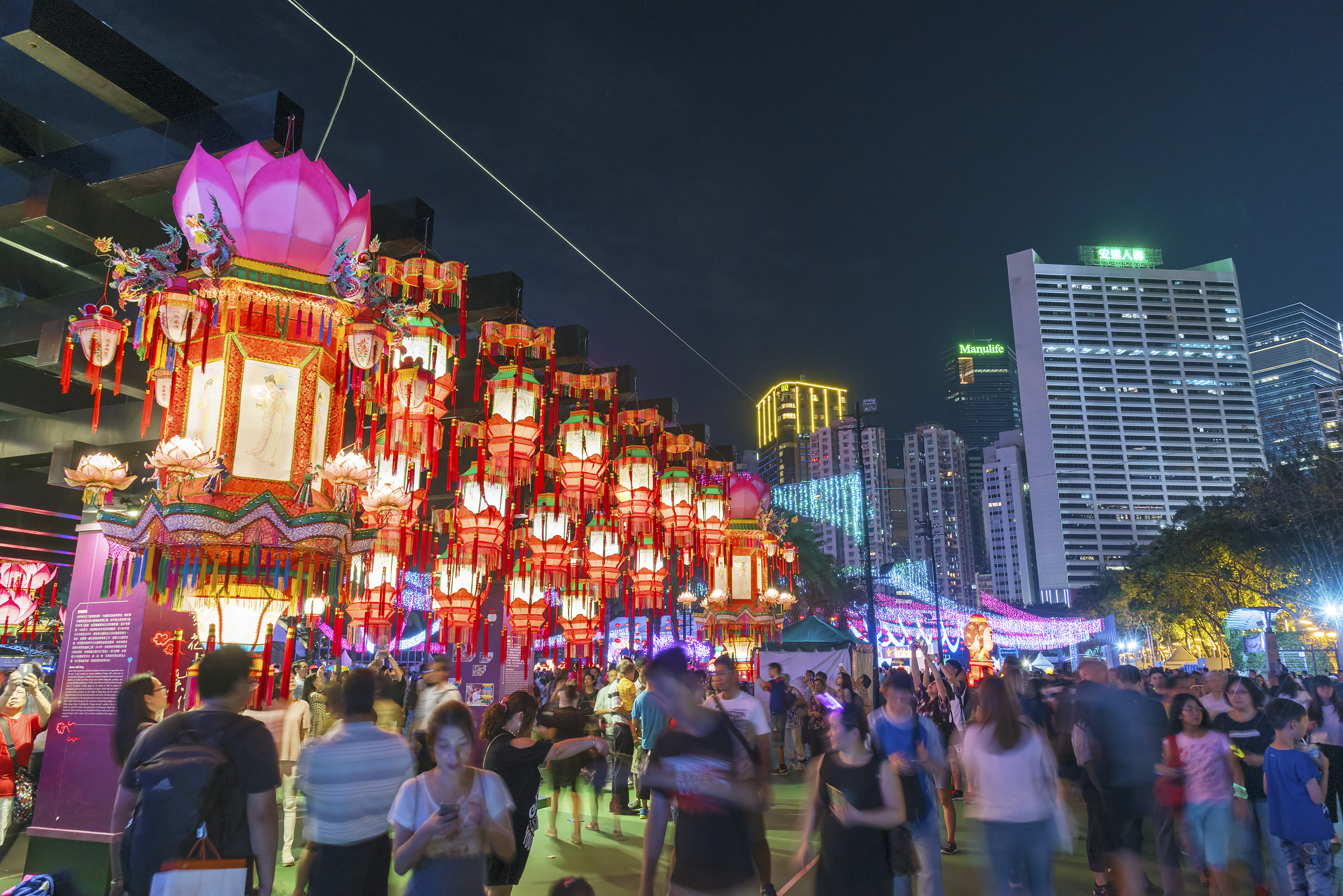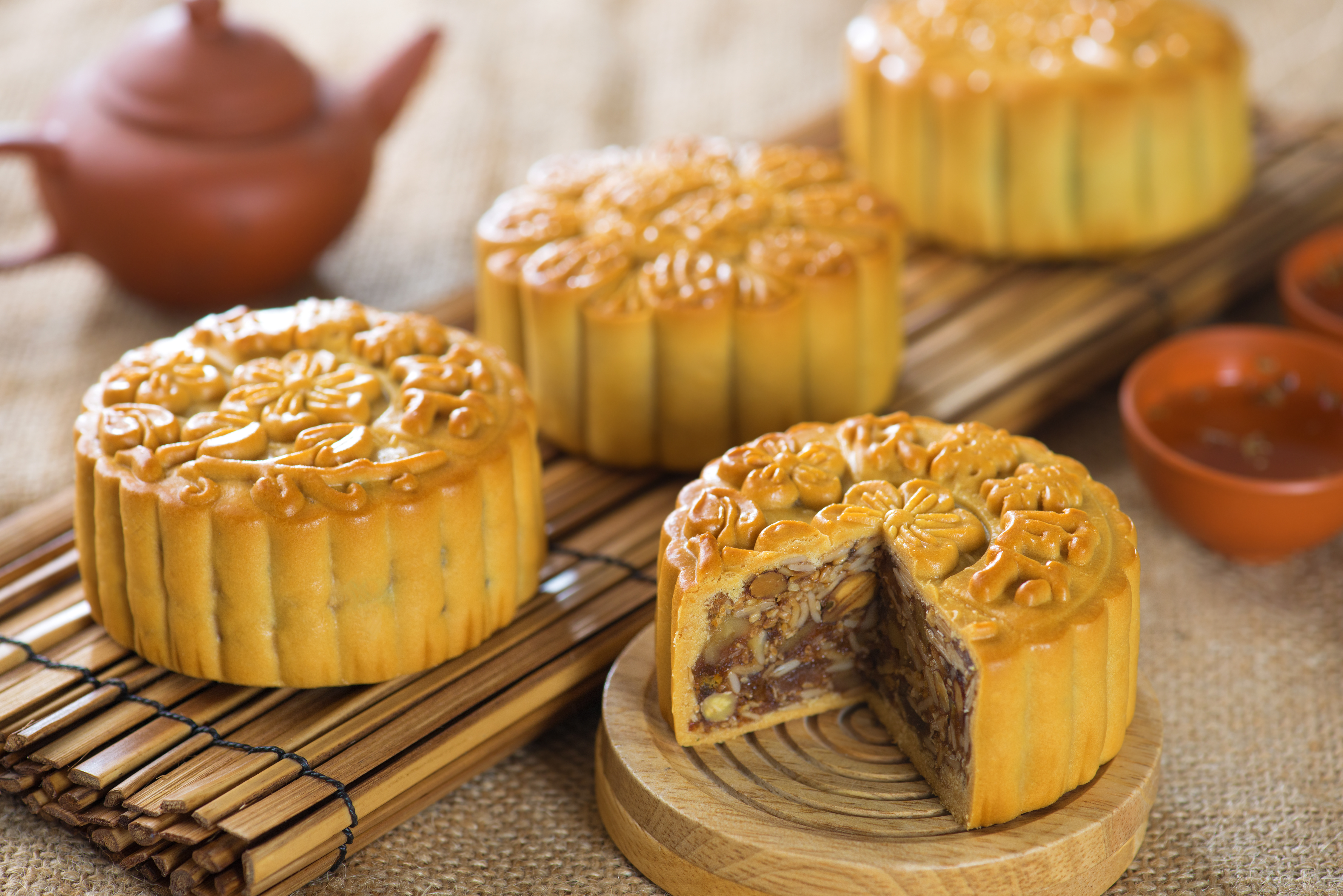Mid-Autumn Festival, also called the Moon Festival, is one of three major festivals on the Chinese calendar . The other two are the Chinese New Year , also called the Lunar New Year, and the Dragon Boat Festival. The Mid-Autumn Festival is also celebrated in Taiwan , Vietnam , Korea , and Japan and worldwide by people with heritage in these countries. The festival takes place around the September equinox , the date of equal day and night that marks the end of summer and beginning of fall in the Northern Hemisphere. In the Chinese lunar calendar, based on cycles of the moon , the seventh, eighth, and ninth moons make up the autumn season. The Mid-Autumn Festival falls on the 15th day of the eighth moon. On this day, a full moon marks the midpoint of the season.

The origins of the Mid-Autumn Festival are interwoven with Chinese myths and legends. The festival is often associated with romance. According to Chinese philosophy, there are two principal forces of nature, called yin and yang. The moon embodies yin, which is associated with feminine qualities and with darkness. Thus, the Mid-Autumn Festival or Moon Festival is a women’s festival and is celebrated at night. Traditional Chinese poets sing of the beauty of the Moon Goddess or bemoan her loneliness on the moon. According to folklore, young women can make their wishes known to the “old man in the moon,” hoping that he will assist them in finding a suitable marriage partner.
People eat special pastries called moon cakes during the Mid-Autumn Festival. The origin of the moon cake is unknown. The cakes are first mentioned in texts that date to the Tang dynasty , from A.D. 618 to 907. The cakes are baked into round shapes to resemble the full moon. They are usually filled with bean, lotus seed, or almond paste or dried fruits and nuts. The cakes often include a golden egg yoke in the middle to represent the moon. Families celebrate the Mid-Autumn Festival with a shared meal and moon cakes. They then view the full moon together at night and recount tales related to the moon. In imperial China, the emperor viewed the Mid-Autumn moon from a special palace. 
During the festival, many people try to see the image of a rabbit that is said to be visible on the moon. According to a popular tale, the god Sakra disguised himself as a Brahman (priest) and announced to a group of forest animals that he was hungry. When the animals heard his cry, they brought him their food and begged him to accept their hospitality. The rabbit, however, who was an incarnation of the Buddha , said that he ate only grass and had nothing worthwhile to offer but his body. The rabbit then leapt into a nearby fire to complete the offering. Before doing so, he shook himself to remove the insects in his fur, explaining that he had no right to take their lives. Sakra revealed himself and praised the rabbit for his self-sacrifice and compassion. He placed the rabbit’s image on the moon to serve as a shining example for all. This popular story has been adopted in the Chinese Taoist (also called Daoist) tradition, where the main character is known as the Jade Rabbit.
